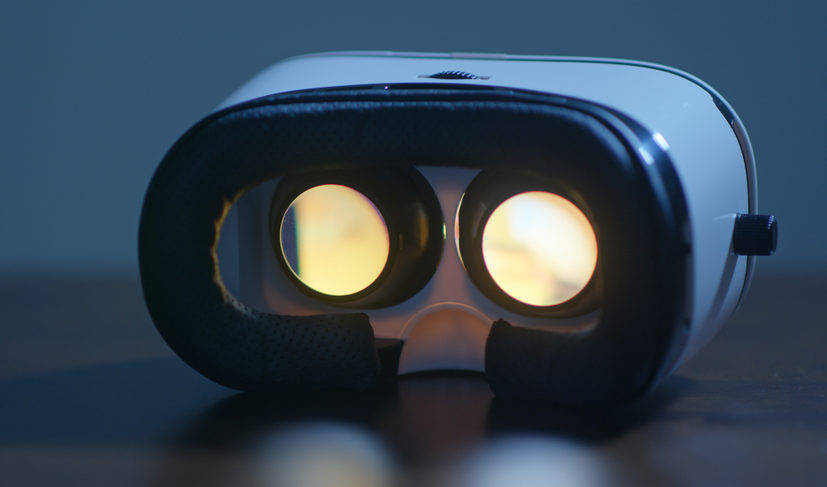Apple VR Headset Launching in 2022
VR Headset Powered by Apple Silicon
First up, the Apple VR headset will draw power from the company’s in-house chipsets. The report says that the company is developing chips more powerful than its Apple M1 silicon that recently debuted on the MacBook lineup. “Some of the chips tested in the device beat the performance of Apple’s M1 Mac processors,” mentions the report. So yeah, we know that performance wouldn’t be an issue on this headset.
Some AR Features in Tow
The VR headset is codenamed N301 and is said to be the “same size as Facebook’s Oculus Quest” headset. It will primarily focus on VR technologies but will also support some AR features in a limited capacity, as per the report. This means you will not only be able to move in a 3D environment but also interact with the real world at the same time. We’ve already seen how Apple ARKit allows users to place objects or play games in the real world using their iPhones or iPads.
Design and Display
The report further reveals that Apple’s VR headset will include displays with a much higher resolution than its competitors. This lines up with the rumor that the headset will house two 8K resolution displays – one for each eye. This means the headset will offer users a jaw-dropping 16K resolution. As for the design, the Cupertino giant is opting for a fabric exterior to reduce weight. We have already seen how this works with the AirPods Max headphones, which have a fabric headband. There is also a fan inside one of the prototypes, which is unusual for Apple’s fanless design approach. The Apple VR headset will be premium, available in smaller quantities, and pricey – like Pro Display XDR pricey. It will run the company’s own OS, along with an App Store tailored to show VR apps. Though Apple is rumored to be developing a VR headset, we suggest you take all of the details with a grain of salt. The device is a year away from launch and the company can change a lot during this timeframe. Also, it is possible that Apple is just experimenting with the technology for its AR or mixed-reality headsets that will arrive further down the road.
